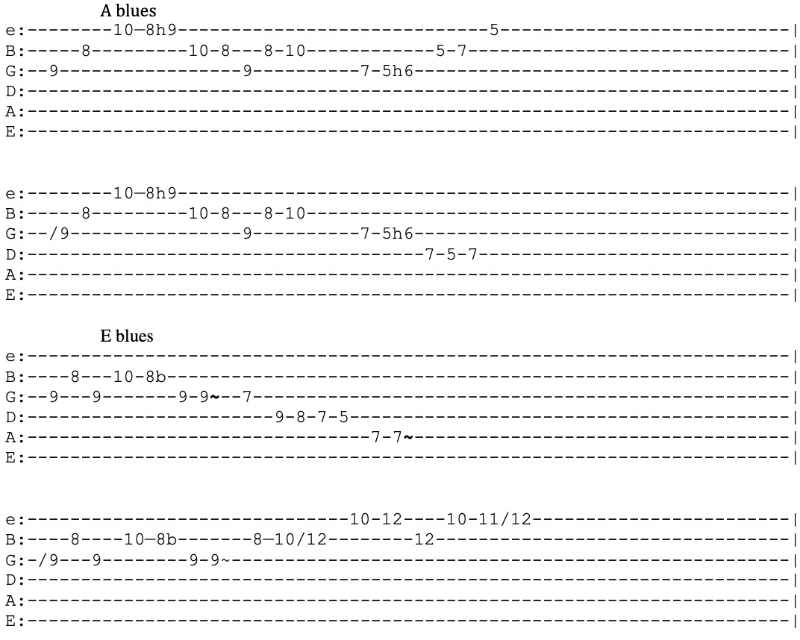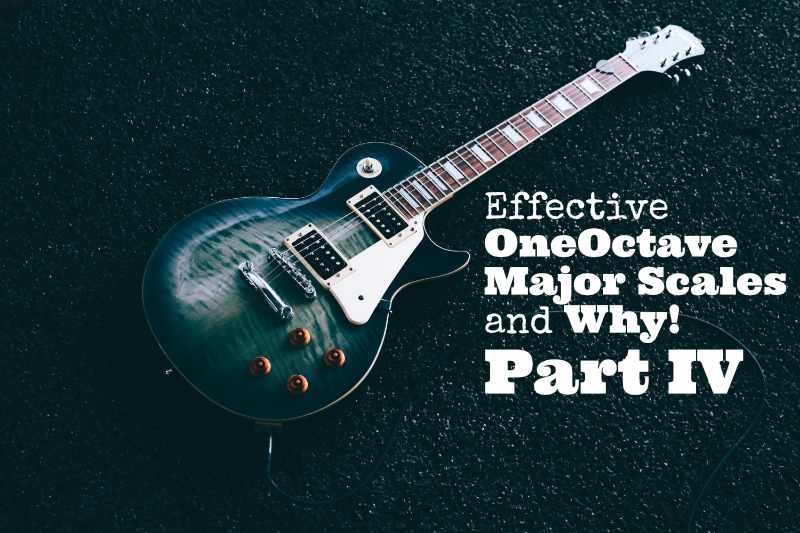Picture yourself in a dimly lit blues club, the air heavy with anticipation. The spotlight falls on a lone guitarist, fingers dancing effortlessly over the strings. With each note, a wave of emotion washes over the audience, leaving them spellbound. This is the magic of blues guitar improvisation, creating a story through the guitar that speaks to the soul like no other.
In this blog post, I’ll teach you a gorgeous blues guitar lick that you can use for your blues soloing. The lick comes with the enigmatic b5 (blue note) and the velvety 6th note. Whether you’re a seasoned guitarist or just starting your musical adventure, this lick is a great way to spice up your blues chops.
Analyze The Blues Guitar Lick
Let’s zoom in on this cool blues lick that’s packed with colorful notes. It’s got two special notes that give it that classic bluesy touch: the “blue note” b5 (colored blue in the tabs below) and the 6th note (colored orange in the tabs below). These notes are like the secret ingredients that make this lick sound so emotional and captivating.
The “blue note” (b5) adds a bit of tension and a hint of sadness to the lick. It’s like the spicy kick in your favorite dish that keeps you coming back for more. On the other hand, the 6th note is like a warm, comforting hug. Together, these notes create a blend of emotions that are the heart and soul of the blues.
How to Play The Blues Lick?
The tabs below and the video show you how to play this gorgeous blues lick that is for both beginner and intermediate guitar players.
Continue Reading



